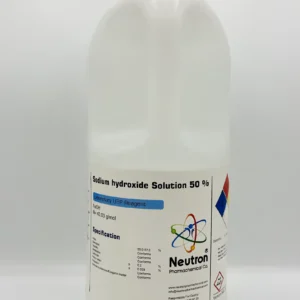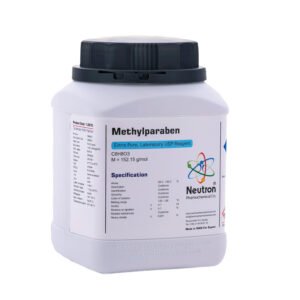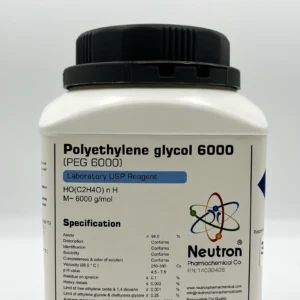سوربیک اسید
| Formula | C6H8O |
| Chemical formula | C6H8O |
| Density | 1.2 g/cm3 (20°C) |
| Molar mass | 112.13 g/mol |
| Bulk density | ~ 650 kg/m3 |
| CAS number | 110-44-1 |
| HS Code | 29161930 |
| EC number | 203-768-7 |
| Storage | Store at +15 to 25 °C |
| SDS | available |
| R phrase | R 36/37/38 |
| S phrase | S 22-24/25 |
| Odour | weak |
| Form | powder |
| Color | white |
| p H | ~3.3 (1.6 g/l 20°C) |
| Solubility in water | 1.6 g/l (20°C) |
| Ignition temperature | > 130°C |
| Boiling point | ~228 °C |
| Melting point | 132 – 135 °C |
| Termal decompostion | 190 °C |
| Assay | 99.0 – 101.0 | % | |
| Description | Conforms | ||
| Identification | Conforms | ||
| Melting range | 132 – 135 | °C | |
| Color of solution | Conforms | ||
| Water | ≤ | 0/5 | % |
| Heavy metals | ≤ | 0/001 | % |
| Residue on ignition | ≤ | 0/2 | % |
Sorbic acid is a naturally occurring organic compound with the formula C₆H₈O₂. It is a colorless solid that is slightly soluble in water and widely used as a preservative in food and cosmetic products due to its antimicrobial properties.
🏭⚗️ Production
Sorbic acid is industrially produced by the condensation of crotonaldehyde and ketene. This synthetic process yields high-purity sorbic acid suitable for use in food and pharmaceutical industries.
🔬 Properties
Sorbic acid appears as white crystalline needles or powder. It has a melting point of about 135 °C and is slightly soluble in water but highly soluble in alcohol and other organic solvents. It is known for its ability to inhibit the growth of molds, yeasts, and fungi without significantly altering taste or smell. Sorbic acid is stable under dry conditions but may degrade in the presence of moisture and light.
🧪 Applications
• Used as a food preservative (E200), especially in baked goods, cheeses, and beverages.
• Commonly used in cosmetics and personal care products to prevent microbial contamination.
• Employed in pharmaceuticals for its preservative and antifungal effects.
• Sometimes used in animal feed and packaging materials to extend shelf life.





